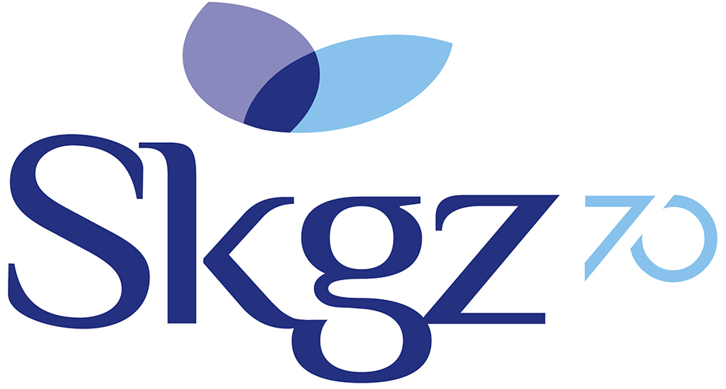The Slovenes are a historic community of this Central-European area and today live in an about thirty kilometers wide territorial belt along the Italian-Slovenian border, from Tarvisio to Muggia. We operate in three provinces of the Friuli Venezia Giulia Autonomous Region: Trieste, Gorizia and Udine.
In what is today a part of the Italian territory the first organized forms of Slovenian activities began to develop in the second half of the 19th century with the establishment of reading circles and activation of initiatives to promote our ethnic background. These activities reached the peak in the early decades of the 20th century. Over the following two decades, the fascist dictatorship abolished every activity of the Slovenes living in Italy. The outlines of today’s social image of the Slovenes in Italy was generated at the end of World War II, immediately after the year 1945.
From the legal point of view the status of Italian citizens of Slovenian nationality is secured by several laws and historic acts, among them the Italian Constitution, that under Article 6 states that the linguistic minorities are protected by special legislation. The status of Slovenian linguistic minority is recognized in Italy under the Law no. 482/1999 (the Law for the protection of historical linguistic minorities in Italy), under the Law no. 38/2001, which defines its specific rights and legal status, and finally under the Regional Law no. 26/2007, which also recognizes the role of the Slovenian Cultural and Economic Union and under Article 5 mentions the Register of the organizations of the Slovenian linguistic minority.
In decades of activities carried out in the name of conscious ethnic belonging, the Slovenes living in Italy have been able to develop a fully structured social system. The fundamental element, that allows the preservation and development of the Slovenian language is represented by the state schools with Slovenian as teaching language, but the overall social system of the Slovenes in the Friuli Venezia Giulia region is more structured and ranges from economic and financial corporations to social institutions, from culture to information.



